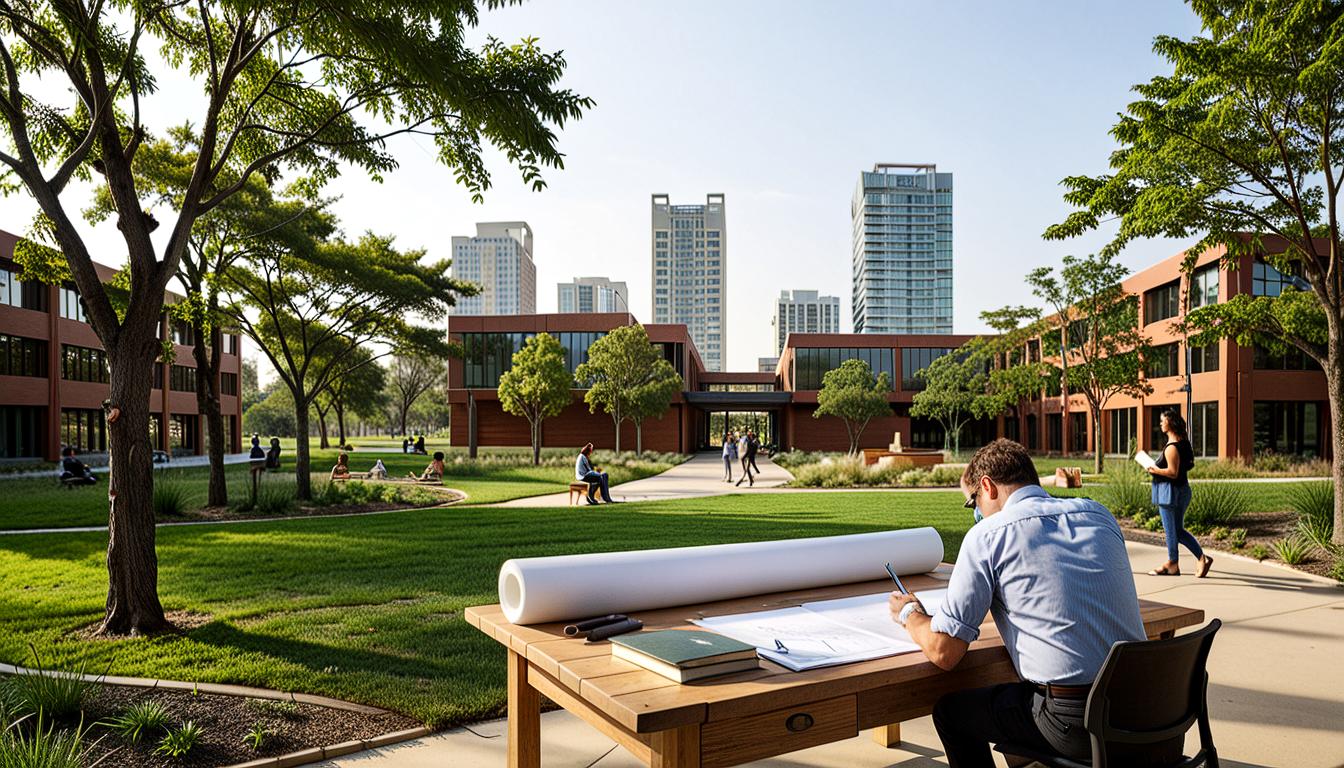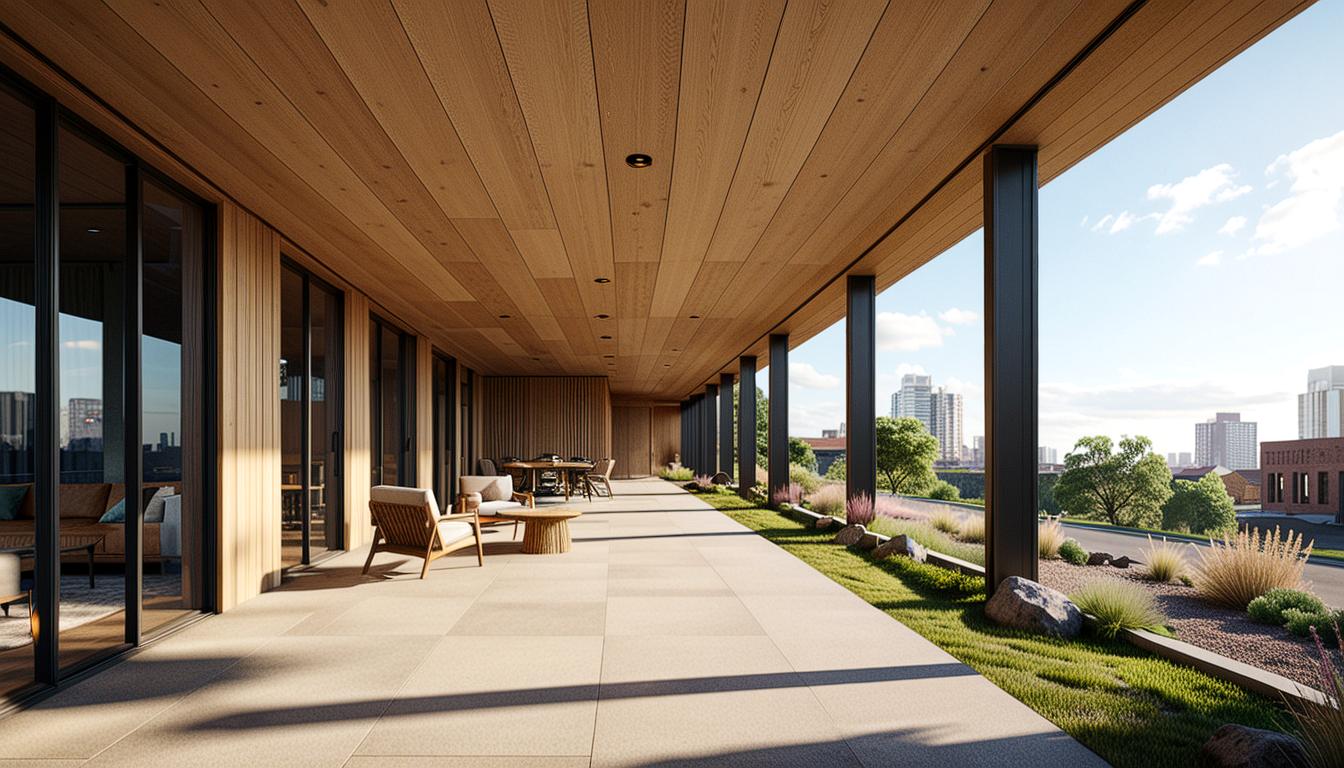Landscape Architecture: A Brief Overview
- Landscape architecture involves the designing, planning, and managing of land to balance human and environmental needs. The term became widely known after New York’s Central Park was designed in 1863 by Frederick Law Olmsted and Calvert Vaux.
- This field spans multiple settings, such as parks, residential areas, campuses, gardens, commercial spaces, resorts, and notable waterfront developments. It also plays a vital role in restoring natural areas affected by human activities, like wetlands and forests.
- Landscape architects often collaborate with professionals such as architects, city planners, and engineers to contribute actively to environmental protection.
Skills Landscape Architects Need
- These professionals need to be sensitive to landscape quality, understand artistic concepts, and apply a human-focused approach to designs.
- The ability to solve problems and the technical skills to bring a design to life are crucial.
- They should possess professional and management skills that help in project executions smoothly.
- A formal education is important; many pursue degrees like Bachelor of Landscape Architecture (BLA) or Bachelor of Science in Landscape Architecture (BSLA). For advanced knowledge, a Master in Landscape Architecture (MLA) is beneficial.
Choosing the Right Landscape Architecture School
- Your personal career goals should guide your school choice. Consider the school’s alignment with your objectives.
- Research into specific areas of interest within landscape architecture and the job placements offered after graduation is vital.
- Internships are key, providing practical experience that shapes your career in landscape architecture.
Job Opportunities for Landscape Architects
- These experts can find roles in private, public, and academic organizations.
- They may work with landscape architecture, engineering, and planning firms. Corporations with planning departments also offer roles.
- Opportunities exist within federal, state, regional, and municipal agencies, such as the U.S. Forest Service and National Park Service.
- Colleges and universities offer academic roles that allow landscape architects to teach and research.
Landscape Architects: Licensing Procedure
- All U.S. states require landscape architects to be licensed. Licensing involves “title acts” and “practice acts”. Under “title acts”, only licensed individuals can claim this title. “Practice acts” restrict practice to licensed individuals.
- Candidates typically need to pass the Landscape Architect Registration Examination (LARE) and gain experience under a licensed professional.

Helpful Organizations for Landscape Architects
- The American Society of Landscape Architects (ASLA) offers career resources and networking opportunities.
- The Council of Landscape Architectural Registration Boards (CLARB) administers the LARE and provides licensing information through different states.
FAQ
- What does landscape architecture involve and where do these professionals typically work?
Landscape architecture involves designing and managing land for the harmonious integration of human activities with the natural environment. Professionals work in settings ranging from parks and campuses to restoring wetlands and forests. - What are the skills required for a landscape architect?
Key skills include a sensitivity to landscape quality, technical competence, problem-solving abilities, and professional management skills, bolstered by formal education. - How to pick the right school for studying landscape architecture?
Consider your career goals and interests, project types, internship opportunities, and the school’s job placements in landscape architecture. - What are the job opportunities for landscape architects?
Job opportunities span private firms, public agencies, and academic roles, offering diverse work environments and projects ranging from corporate planning to federal natural resource management. - What are the considerations for licensing in the field of landscape architecture?
Licensing requires passing the LARE and often involves gaining experience under a licensed architect, with each state having specific regulations regarding title and practice.





